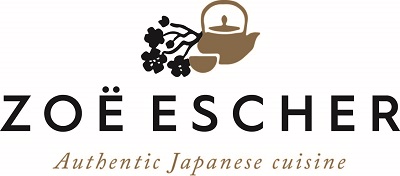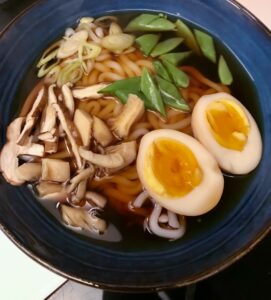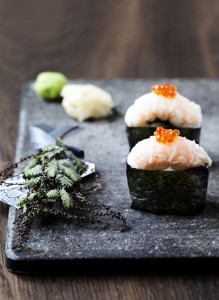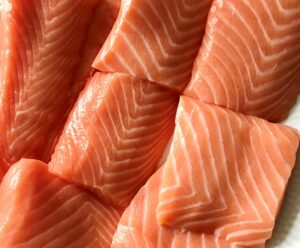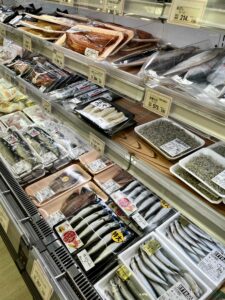
In Japan, food is more than just nourishment. It is a way to bring people together and share an experience.
One of the most beloved dishes is okonomiyaki. This Japanese pancake is not only delicious but also highly customizable, making it a favorite throughout the country.
The name okonomiyaki literally means “grilled as you like it,” which reflects the countless variations of this popular dish. Whether you prefer juicy pork, fresh seafood, or a vegetarian version, okonomiyaki can be tailored to suit any taste.
Okonomiyaki offers an irresistible combination of crispiness, tenderness, and deep umami flavors. It is typically topped with a sweet-savory okonomiyaki sauce, a touch of nori, and much more, creating a perfectly balanced taste experience.
This dish is enjoyed in Japan for both lunch and dinner all year round.
In the “Mini E-book: 5 Japanese Okonomiyaki for One”, you will find five different recipes for this flavorful dish.
_
Zoë has lectured and held sushi courses for A. P. Moller – Maersk, Hugo Boss Nordic, Novo Nordisk, Novartis, Velux, Gorrissen Federspiel, Beierholm revision, Elbek & Vejrup and many more.
